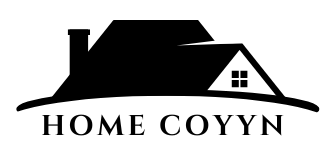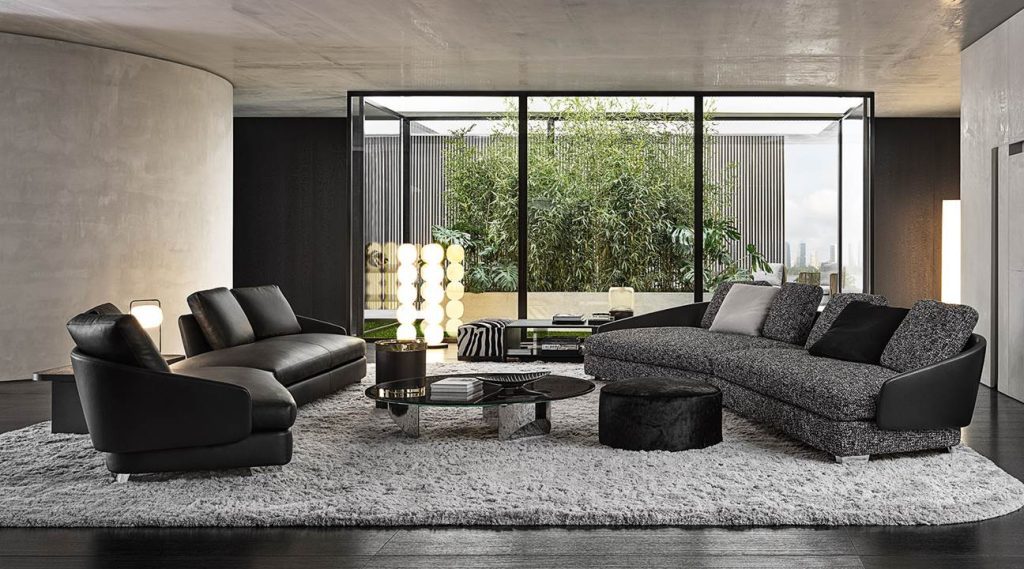Introduction
Interior design is an intricate dance of aesthetics and functionality, where each element plays a crucial role in creating a cohesive space. A key principle in this art is the concept of opposition in interior design. This principle revolves around the balance between contrasting elements, which can enhance a space’s visual interest and emotional impact. By exploring the various facets of opposition in interior design, we can better understand how to create harmonious yet dynamic environments.
Understanding Opposition in Interior Design
Definition and Importance
Opposition in interior design refers to the juxtaposition of contrasting elements such as color, texture, shape, and style. This approach can create a striking visual narrative and contribute to the overall ambiance of a space.
- Color: Contrasting colors can evoke different emotions and set the mood of a room. For instance, a warm, inviting space might use deep reds and oranges contrasted with cooler blues and greens.
- Texture: The interplay between smooth and rough textures adds depth. Combining soft fabrics with hard surfaces creates a tactile experience that can draw people in.
- Shape and Style: Mixing contemporary and traditional furniture can yield a unique aesthetic, making spaces feel more personalized and less monotonous.
The Role of Contrast in Interior Design
1. Visual Interest
The most immediate effect of employing opposition in interior design is enhanced visual interest. A well-thought-out contrast captures attention and draws the eye to focal points. For example, a bright artwork against a muted wall creates an arresting contrast that can serve as a conversation starter.
2. Emotional Impact
Colors and textures have psychological effects. By strategically using opposition in interior design, designers can manipulate feelings within a space. For instance, a room featuring soft pastels alongside bold, dark accents can evoke tranquility while also providing stimulation.
3. Defining Spaces
In open-concept living areas, opposition can help delineate different zones. For example, a dark sofa set against light walls can visually separate the living area from a bright dining space, guiding movement and interaction within the room.
Techniques for Mastering Opposition in Interior Design
1. Color Theory
Utilizing color theory is essential in mastering opposition in interior design. Understanding the color wheel can help designers create complementary or analogous color schemes that effectively balance contrasts.
Table 1: Color Wheel
| Color | Complementary Color | Analogous Colors |
|---|---|---|
| Red | Green | Red-Orange, Red-Pink |
| Blue | Orange | Blue-Green, Blue-Purple |
| Yellow | Purple | Yellow-Orange, Yellow-Green |
2. Texture Play
Incorporating diverse textures can amplify the effect of opposition in interior design. For instance, pairing a velvet sofa with a sleek glass coffee table can create an engaging visual contrast that invites touch.
3. Mixing Styles
Combining different styles is another effective strategy. A rustic wooden table can be beautifully contrasted with modern metal chairs, creating a dialogue between the old and new, ultimately enhancing the overall aesthetic.
Common Mistakes to Avoid
When integrating opposition in interior design, it’s essential to avoid certain pitfalls:
- Overdoing Contrast: While contrast is vital, excessive opposition can lead to visual chaos. Aim for a balance that maintains harmony.
- Neglecting Functionality: Aesthetic appeal should never outweigh functionality. Ensure that your contrasting elements still serve their intended purpose.
- Ignoring Scale and Proportion: Mixing elements of varying sizes can create imbalance. It’s crucial to maintain a sense of proportion to ensure the design feels cohesive.
Conclusion
Mastering the art of opposition in interior design is a powerful way to create engaging, dynamic, and harmonious spaces. By thoughtfully contrasting colors, textures, and styles, designers can evoke emotions, define areas, and craft visually captivating environments. As we embrace the complexities of opposition, we unlock the potential to transform ordinary spaces into extraordinary experiences. The careful application of these principles can lead to interiors that not only please the eye but also nurture the soul.
Questions and Answers
| Question | Answer |
|---|---|
| What is opposition in interior design? | Opposition in interior design refers to the use of contrasting elements to create visual interest and emotional impact in a space. |
| How can color contrast affect a room’s mood? | Color contrast can evoke different emotions; for example, warm colors can create a cozy atmosphere, while cool colors can offer a calming effect. |
| Why is texture important in design? | Texture adds depth and tactile experience to a space, enhancing visual appeal and comfort. A mix of textures can create a more engaging environment. |

